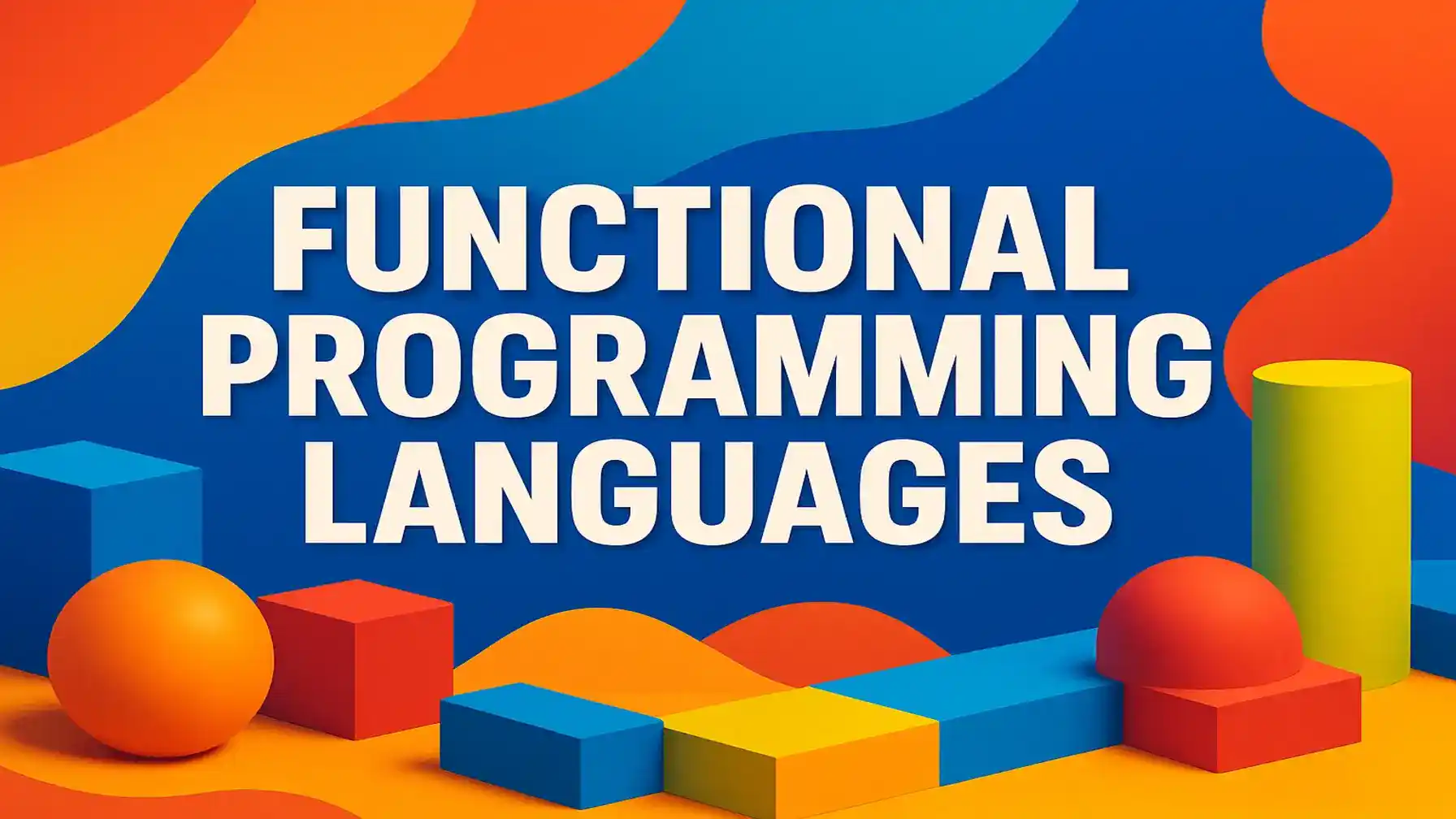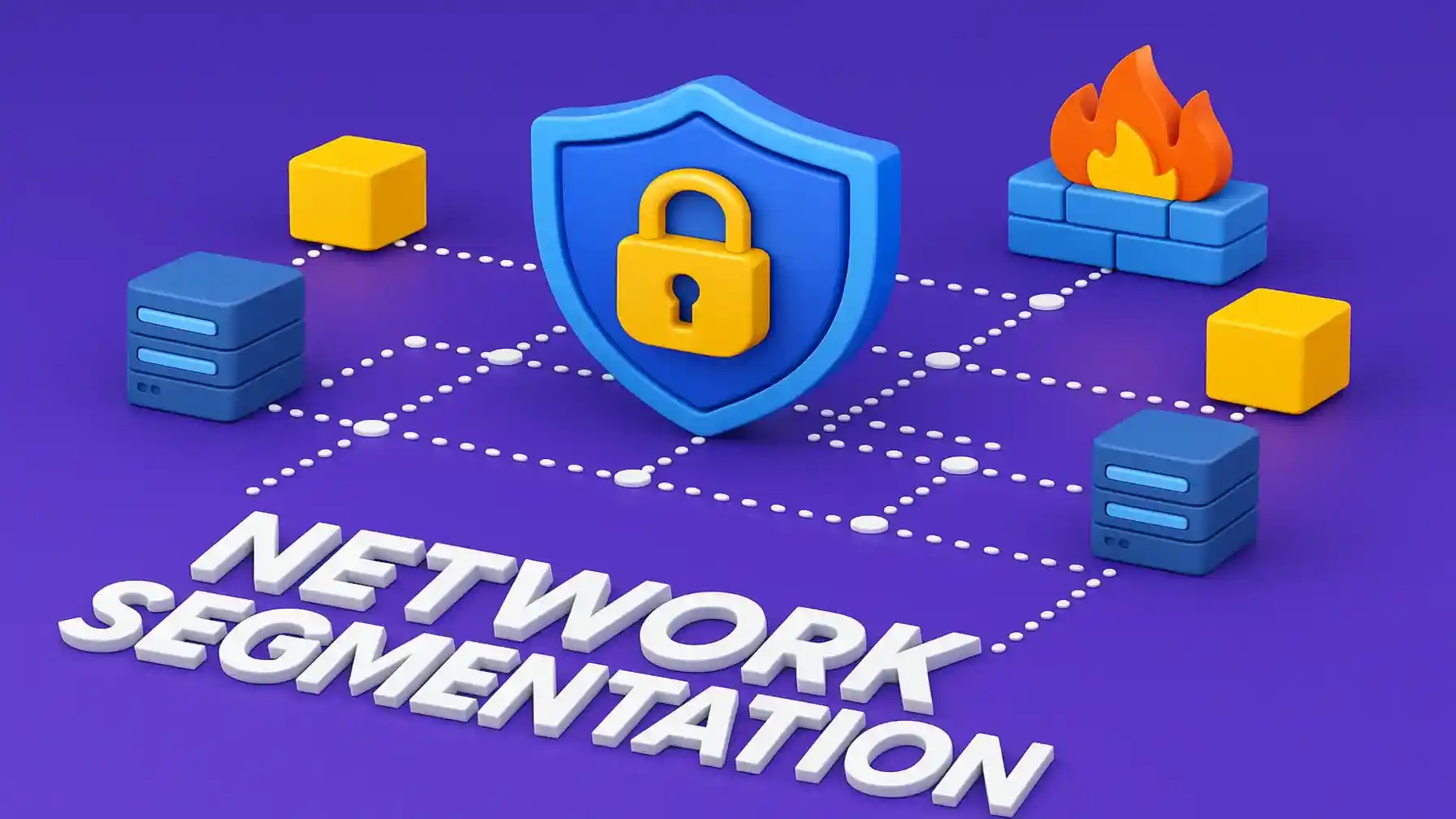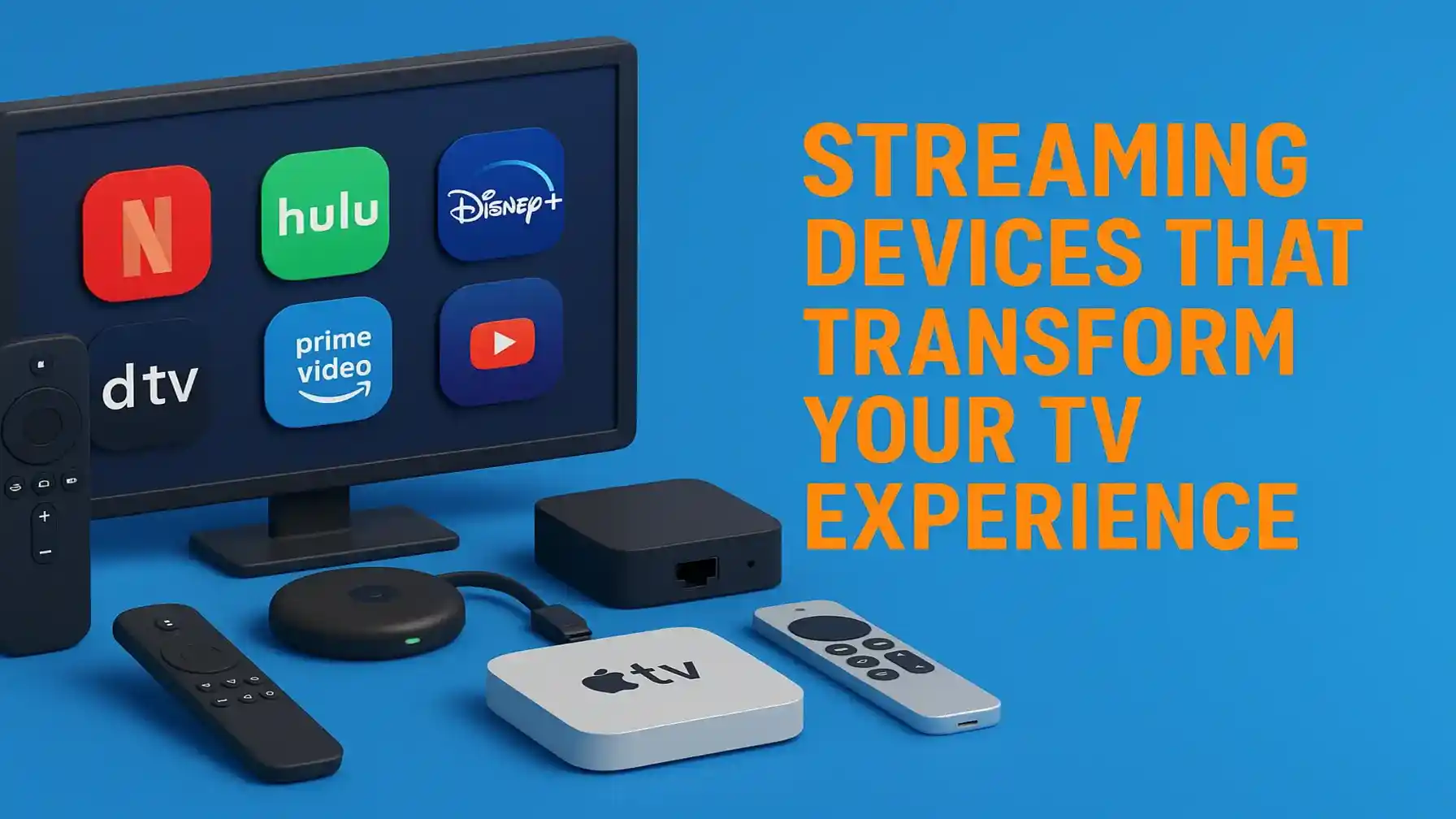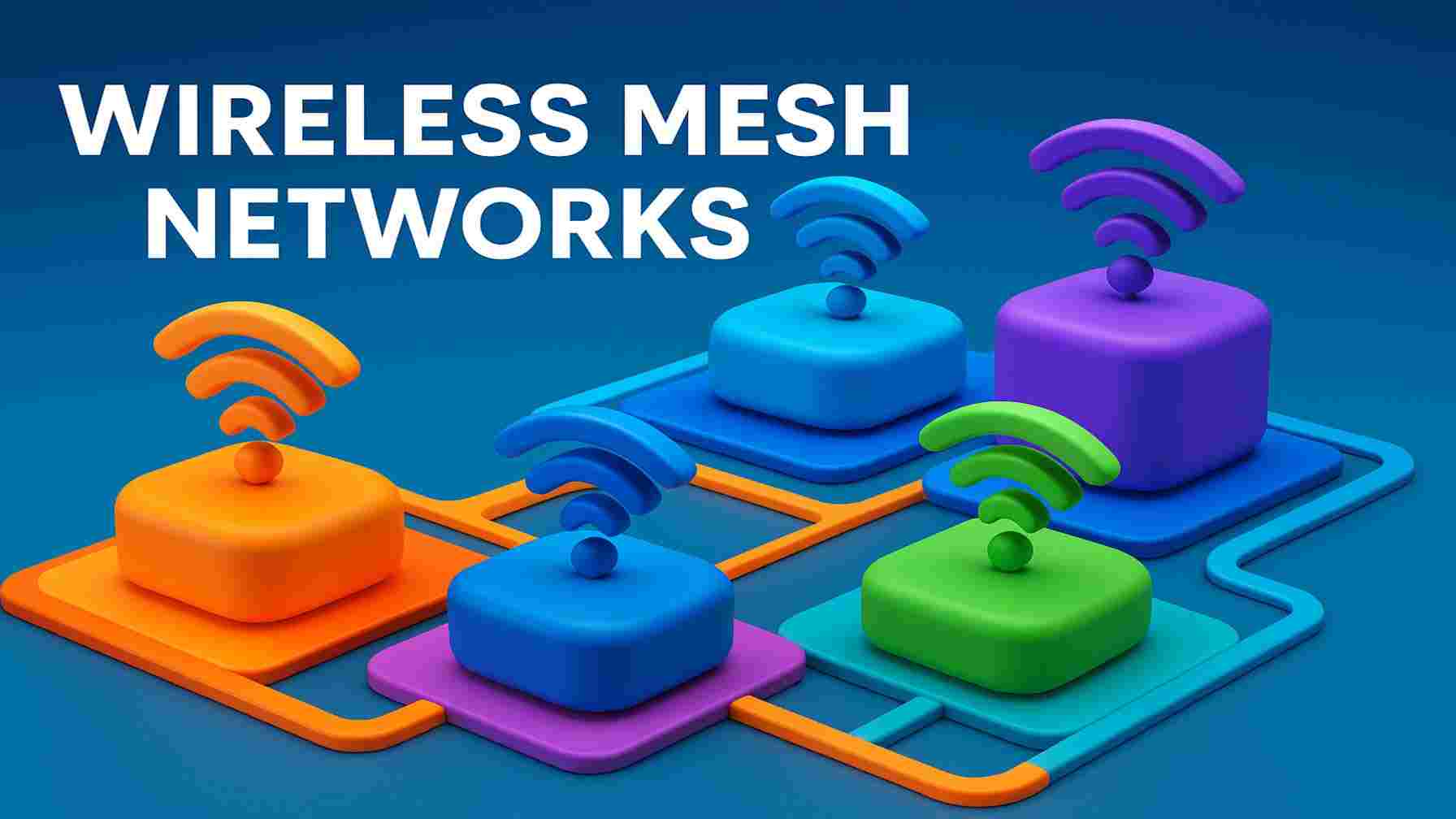Wind turbine technology is revolutionizing the way we generate electricity, playing a crucial role in the transition to renewable energy. As global energy demands rise and the need for sustainable solutions becomes more pressing, wind power has emerged as a cost-effective and environmentally friendly alternative to fossil fuels. The increasing efficiency of wind turbines, combined with advancements in materials, aerodynamics, and control systems, has made wind energy more viable than ever.
By harnessing the power of the wind, turbines convert kinetic energy into usable electricity, reducing carbon emissions and lessening our reliance on non-renewable resources. In this comprehensive guide, we will explore how wind turbines work, different types of turbine designs, groundbreaking innovations, offshore wind energy potential, and what the future holds for this transformative technology.
How Wind Turbines Work?
The Science Behind Wind Energy Conversion
Wind turbines operate on a simple yet powerful principle: converting the kinetic energy of wind into mechanical power, which is then transformed into electricity. This process takes advantage of aerodynamic forces acting on the rotor blades, much like how airplane wings generate lift.
Also Read: Eco Friendly Packaging Ideas to Reduce Environmental Impact
When wind flows over the blades, it creates differences in air pressure, causing the rotor to spin. This rotational motion is transferred to a generator, which produces electricity that can be used immediately or stored for later use. The efficiency of this energy conversion depends on several factors, including wind speed, blade design, and turbine height.
Key Components of a Wind Turbine
Wind turbine technology consists of several essential components, each playing a crucial role in energy generation:
- Rotor Blades: These are responsible for capturing the wind’s kinetic energy. Their aerodynamic shape maximizes efficiency by increasing lift and reducing drag.
- Nacelle: This is the large housing located at the top of the tower, containing critical mechanical and electrical components. Inside the nacelle, you’ll find:
- Gearbox (if applicable): Some turbines use a gearbox to increase rotational speed, making it more suitable for power generation. However, modern direct-drive turbines eliminate this component for improved efficiency and reduced maintenance.
- Generator: Converts the mechanical energy from the rotor into electrical energy.
- Control Systems: Monitor wind speed and direction, adjusting the blade pitch and yaw for optimal performance.
- Braking System: Ensures the rotor can stop safely during extreme wind conditions or maintenance.
- Tower: Provides the necessary height to place the turbine in stronger and more consistent winds, improving power output.
- Anemometer & Wind Vane: These sensors continuously measure wind speed and direction, feeding real-time data to the turbine’s control system.
Types of Wind Turbines:
1) Horizontal-Axis Wind Turbines (HAWTs)
Horizontal-axis wind turbines (HAWTs) are the most common type used for large-scale energy production. Their defining feature is a horizontally oriented rotor shaft, which allows the blades to face directly into the wind.
Advantages of HAWTs
- Higher efficiency due to optimal blade positioning
- Greater power output, making them ideal for wind farms
- Well-established technology with proven reliability
Challenges of HAWTs
- Requires complex yaw control systems to adjust the turbine’s orientation based on wind direction
- Higher installation and maintenance costs due to their large size
- Sensitive to turbulent wind conditions, which can reduce efficiency
6) Vertical-Axis Wind Turbines (VAWTs)
Vertical-axis wind turbines (VAWTs) have rotors that spin around a vertical axis, allowing them to capture wind from any direction. These turbines are less common but offer some unique advantages, particularly in urban settings and small-scale applications.
Advantages of VAWTs
- Can operate in variable wind conditions without requiring a yaw mechanism
- Easier to maintain, as major components are closer to the ground
- Lower noise levels and reduced impact on wildlife
Challenges of VAWTs
- Lower efficiency compared to HAWTs
- Less effective for large-scale power generation
- More mechanical stress on components, leading to shorter lifespans
Key Technological Advancements in Wind Turbine Technology:
1. Larger and More Efficient Blades
The size and shape of turbine blades play a crucial role in determining energy output. In recent years, manufacturers have been developing longer, more aerodynamically optimized blades to increase efficiency.
Innovations in Blade Design
- Advanced Materials: The use of lightweight composites, such as carbon fiber and reinforced plastics, enhances durability while maintaining flexibility.
- Smart Blades: Sensors embedded within blades monitor stress levels, wind conditions, and performance, allowing real-time adjustments for maximum efficiency.
- Segmented Blades: These modular blades make transportation and installation easier, particularly for offshore wind farms.
2. Direct-Drive Generators for Increased Efficiency
Traditional wind turbines rely on a gearbox to increase the rotational speed before it reaches the generator. However, direct-drive generators eliminate this step, offering several advantages:
- Reduced Maintenance: Fewer moving parts mean less wear and tear.
- Higher Reliability: Without a gearbox, there are fewer failure points.
- Improved Efficiency: Direct energy transfer minimizes mechanical losses.
3. Advanced Control Systems for Smart Optimization
Artificial intelligence (AI) and machine learning are transforming how wind turbines operate. Sophisticated control systems optimize turbine performance by:
- Adjusting blade pitch to maximize energy capture
- Monitoring wind patterns to predict and adapt to changing conditions
- Reducing mechanical strain to extend turbine lifespan
4. Floating Offshore Wind Turbines
Offshore wind power has long been limited to shallow waters due to the need for fixed foundations. However, floating wind turbines are changing the game by allowing installations in deep-sea locations.
Benefits of Floating Wind Turbines
- Access to Stronger Winds: Deeper waters have more consistent and powerful wind currents.
- Reduced Environmental Impact: Floating structures minimize disruption to marine ecosystems.
- Scalability: These turbines can be deployed in vast areas, increasing global wind power capacity.
5. Improved Grid Integration with Smart Technologies
One of the biggest challenges of wind energy is its variability. Smart grid technologies help balance supply and demand, ensuring stable and efficient electricity distribution.
Key Developments in Grid Integration
- Energy Storage Systems: Batteries, compressed air storage, and hydrogen fuel cells store excess energy for use during low-wind periods.
- Hybrid Systems: Wind power is being integrated with solar, hydroelectric, and other renewable sources to create more reliable energy networks.
- Demand Response Mechanisms: Smart grids communicate with consumers, adjusting power distribution based on real-time demand.
The Role of AI and Machine Learning in Wind Turbine Technology:
Artificial intelligence is playing an increasingly important role in optimizing wind energy generation. AI-powered algorithms analyze vast amounts of data to:
- Predict Maintenance Needs: Sensors detect wear and tear before mechanical failures occur, reducing downtime.
- Enhance Wind Farm Layouts: Machine learning models determine the optimal placement of turbines to maximize energy production.
- Improve Forecasting: AI predicts wind patterns with greater accuracy, allowing better grid integration and energy storage planning.
Recyclable Blades: Addressing Sustainability Concerns

One of the biggest environmental challenges of wind energy is the disposal of turbine blades. Traditional blades, made from fiberglass and epoxy resins, are difficult to recycle.
Solutions for Blade Recycling
- Thermoplastic Blades: These new materials allow blades to be melted down and repurposed.
- Reusing Old Blades: Some companies are converting retired blades into infrastructure components, such as bridges and furniture.
- Chemical Recycling Methods: Scientists are developing ways to break down composite materials into reusable raw materials.
Offshore Wind Power: Unlocking New Potential
Why Offshore Wind is the Future
Offshore wind energy is rapidly becoming a game-changer in the renewable energy sector. Compared to onshore turbines, offshore wind farms benefit from stronger, more consistent wind speeds, leading to higher energy production. Additionally, they have minimal impact on human populations since they are located far from residential areas.
Governments worldwide are investing heavily in offshore wind projects, with regions like Europe, the United States, and Asia leading the charge. The potential of offshore wind energy is massive—studies suggest that global offshore wind capacity could meet more than 18 times the world’s electricity demand.
Challenges of Offshore Wind Energy
Despite its advantages, offshore wind turbine technology comes with unique challenges:
- High Installation Costs: Offshore wind farms require complex infrastructure, such as floating platforms, underwater cables, and high-capacity transmission lines.
- Harsh Marine Environments: Saltwater corrosion, strong ocean currents, and extreme weather conditions can impact turbine durability and maintenance.
- Limited Grid Connectivity: Integrating offshore wind power into existing electrical grids requires substantial upgrades in transmission systems.
Floating Wind Farms: The Next Frontier
Traditional offshore wind farms use fixed-bottom turbines anchored to the seabed. However, this limits deployment to shallow coastal waters. Floating wind farms, which are tethered to the ocean floor rather than fixed in place, allow for installations in deeper waters where winds are even more powerful.
Key Advantages of Floating Wind Turbines
- Access to Deeper Waters: Traditional fixed-foundation turbines are limited to depths of around 50 meters, whereas floating turbines can be deployed in waters over 1,000 meters deep.
- Lower Environmental Impact: Floating turbines reduce disruption to marine ecosystems compared to fixed-foundation turbines.
- Scalability: Floating technology enables large-scale offshore wind farms that can be placed farther out at sea, minimizing visual impact on coastal communities.
Countries like Norway, Japan, and the United Kingdom are already deploying pilot floating wind farms, and commercial-scale projects are expected to expand in the coming years.
The Future of Wind Turbine Technology:
The future of wind turbine technology looks promising, with continuous innovations aimed at improving efficiency, reducing costs, and increasing sustainability. Several key trends are shaping the industry’s evolution.
1. Increasing Turbine Size and Efficiency
As wind turbine technology advances, turbines are growing in size to capture more energy. Some of the latest models exceed 250 meters in height, with rotor diameters surpassing 220 meters.
Benefits of Larger Turbines
- Higher Energy Output: Larger turbines generate more electricity per unit, making wind power more cost-effective.
- Fewer Turbines Needed: Bigger turbines reduce the number of installations required for a given energy target, lowering land use and infrastructure costs.
- More Stable Power Generation: Taller turbines reach higher-altitude winds, which are stronger and more consistent, improving overall efficiency.
Companies like Siemens Gamesa and General Electric are developing record-breaking turbines, such as the GE Haliade-X, which has a capacity of 14-16 megawatts (MW) and can power thousands of homes with a single turbine.
2. Advancements in Energy Storage
One of the biggest challenges of wind energy is its intermittent nature—wind doesn’t always blow when energy is needed. To overcome this issue, energy storage solutions are being integrated with wind power systems.
Key Storage Technologies
- Battery Storage: Lithium-ion and solid-state batteries store excess wind energy for use during low-wind periods.
- Hydrogen Production: Excess wind power can be used to produce green hydrogen through electrolysis, which can later be used for fuel or electricity generation.
- Compressed Air Energy Storage (CAES): Wind energy is used to compress air into underground storage facilities, which is then released to generate electricity when needed.
3. Hybrid Renewable Energy Systems
The future of wind power involves hybrid systems that integrate multiple renewable energy sources, such as:
- Wind + Solar: Combining wind and solar energy ensures a more balanced power supply, as solar panels generate electricity during the day while wind turbines often perform better at night.
- Wind + Hydroelectric: Wind energy can be used to pump water into hydroelectric reservoirs, creating a natural energy storage system.
- Wind + Battery Storage: Large-scale battery storage ensures that wind energy is available even when the wind isn’t blowing.
4. Sustainable Manufacturing and Recycling
As wind turbine technology advances, sustainability is becoming a primary focus. Manufacturers are exploring ways to reduce the environmental impact of wind farms, from production to decommissioning.
Key Developments in Sustainable Wind Turbines
- Recyclable Blades: Traditional turbine blades are difficult to recycle, but new thermoplastic resin materials allow them to be melted down and repurposed.
- Eco-Friendly Manufacturing: Wind turbine components are increasingly being made with recycled materials and low-carbon production methods.
- Repurposing Old Turbines: Instead of sending retired turbines to landfills, old components are being transformed into new products, such as bridges, furniture, and playground equipment.
Conclusion:
Wind turbine technology is transforming the global energy landscape, providing a clean, sustainable, and increasingly cost-effective alternative to fossil fuels. With advancements in blade design, direct-drive generators, floating offshore wind farms, and AI-driven optimization, wind energy is more reliable and efficient than ever before.
As the industry continues to innovate, we can expect to see even larger, smarter, and more sustainable turbines, further reinforcing wind power’s role in achieving a greener future. Governments, corporations, and researchers are working together to maximize the potential of wind energy, ensuring that it remains a cornerstone of the renewable energy revolution.
FAQs:
1. How much electricity can a wind turbine generate?
The amount of electricity generated by a wind turbine depends on its size, location, and wind conditions. A standard onshore turbine produces between 2-5 MW, while offshore turbines can generate up to 16 MW.
2. Are wind turbines harmful to birds and wildlife?
While wind turbines can impact birds and bats, the risk is lower than other human-related threats like habitat destruction and pollution. Modern turbines are designed with radar systems and automatic shut-off features to minimize harm to wildlife.
3. Can wind energy completely replace fossil fuels?
Wind energy, along with other renewables like solar and hydro, can significantly reduce reliance on fossil fuels. However, energy storage and grid improvements are needed to manage wind power’s variability.
Also Read: Wind Energy Solutions for Cost-Effective Energy Independence
4. How long does it take to install a wind turbine?
The installation time for a single wind turbine varies but typically takes a few days to a few weeks. However, the entire process—including planning, permitting, and grid connection—can take several months to years.
5. What happens to wind turbines at the end of their lifespan?
Most parts of a wind turbine can be recycled or repurposed. The biggest challenge is recycling the blades, but new materials and innovative recycling methods are being developed to address this issue.








